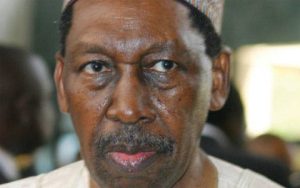
Nigeria’s unemployment rate increased to 5.3% in the first quarter of 2024, up from 5% in Q4 2023, according to the latest report from the National Bureau of Statistics (NBS). The Nigeria Labour Force Statistics Report, released on September 24, 2024, provides a breakdown of the labour market situation in the country.
The NBS defines the unemployment rate as the proportion of the labour force who are actively searching for work but remain unemployed. The report shows notable differences across gender, residence, and educational attainment:
Unemployment among males was 4.3%, while females recorded a higher rate of 6.2%.
Urban unemployment stood at 6.0%, whereas rural areas experienced a lower rate of 4.3%.
For youth, unemployment decreased slightly to 8.4%, down from 8.6% in Q3 2023.
Additionally, the report highlights the unemployment rates by educational attainment:
2.0% for individuals with postgraduate education.
9.0% for post-secondary education holders.
6.9% for those with secondary education.
4.0% for individuals with primary education only.
The employment-to-population ratio, which measures workforce participation, fell to 73.2% in Q1 2024 from 75.6% in Q3 2023. This decline was evident across both urban and rural areas, with urban employment-to-population dropping from 71.1% to 69.5% and rural areas experiencing a decrease from 80.7% to 78.9%.








